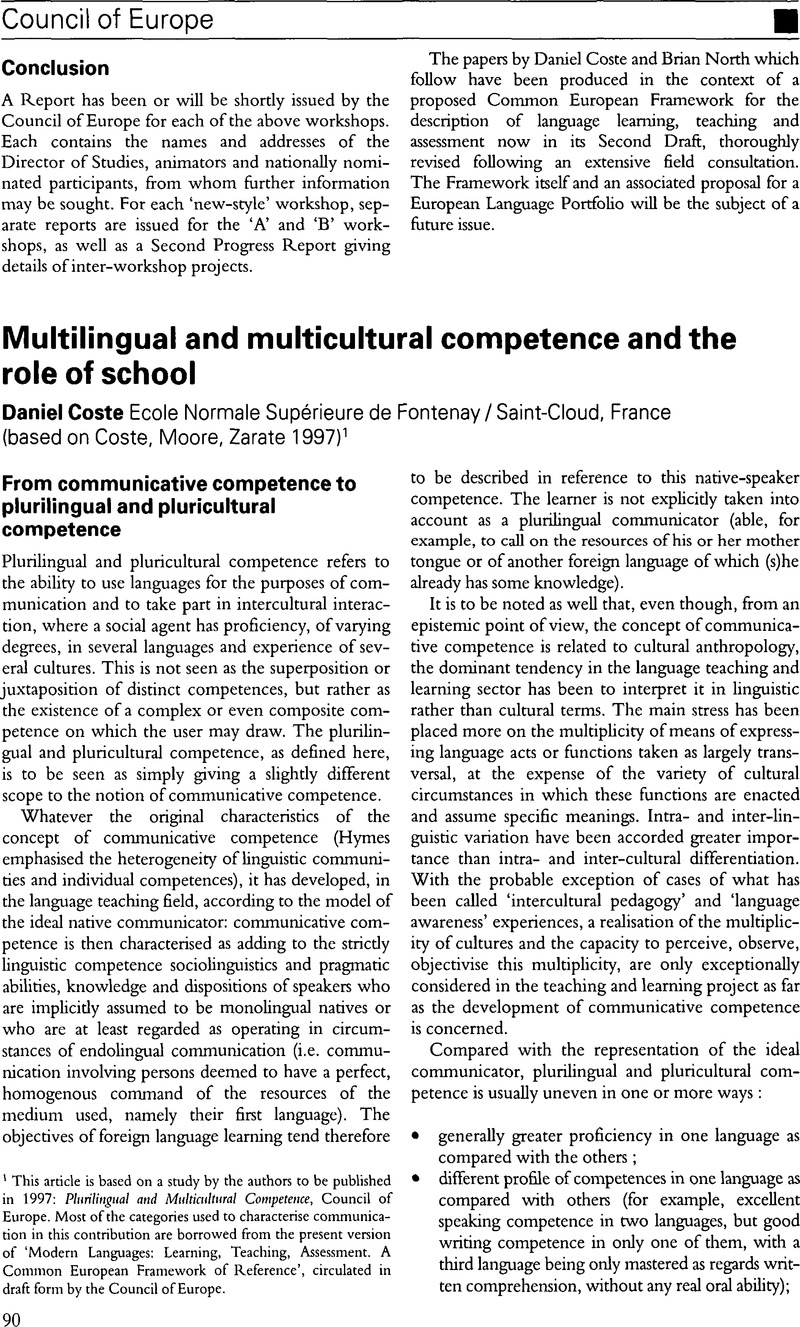Crossref Citations
This article has been cited by the following publications. This list is generated based on data provided by Crossref.
Jessner, Ulrike
2008.
Teaching third languages: Findings, trends and challenges.
Language Teaching,
Vol. 41,
Issue. 1,
p.
15.
Ambrosio, Laura
2014.
Needs and Resources in International.
Les dossiers des sciences de l'éducation,
p.
131.
Sánchez, Laura
and
Bardel, Camilla
2017.
L3 syntactic transfer.
Vol. 5,
Issue. ,
p.
223.
Hofer, Barbara
and
Jessner, Ulrike
2019.
Assessing components of multi-(lingual) competence in young learners.
Lingua,
Vol. 232,
Issue. ,
p.
102747.
Alsaawi, Ali
2020.
Plurilingualism and monolingualism in foreign language classrooms: The perspective of EFL teachers in Saudi Arabia.
Journal of Language and Cultural Education,
Vol. 8,
Issue. 1,
p.
15.
Cal, Zuzanna
and
Sypiańska, Jolanta
2020.
The interaction of L2 and L3 levels of proficiency in third language acquisition.
Poznan Studies in Contemporary Linguistics,
Vol. 56,
Issue. 4,
p.
577.
Tien, Nguyen Quang
2023.
A critical analysis of Vietnam-produced English textbooks for high school students: intercultural and multicultural perspectives.
Asian Englishes,
Vol. 25,
Issue. 2,
p.
248.


